Remove tape T-port andor bung in the CSL the T-port and bung will be reused. While holding onto the hub of the catheter insert the IV catheter directly into the vein at an approximately 10-30 degree angle.

How To Place An Over The Needle Iv Catheter
Canine IV catheter techniques.

. Placing an Intravenous Catheter in Dogs and Cats These SOPs were developed by the Office of the University Veterinarian and reviewed by Virginia Tech IACUC to provide a reference and guidance to investigators during protocol preparation and IACUC. 24-ga for puppies and kittens b. 1 hip dysplasia 1 histology 9 histopathology 2 humerus 1 hyoid apparatus 1 hypertension 2 immunology 1 injection 2 IV catheter 5.
Female Dog Urinary Catheterization 4 of 6 10. Remove the catheter these are re-used so re-insert the stylet see ZSL_U02 Safe use of needles for re-sheathing of needles and place them back in their packaging in a tray. Urinary Catheter in Dogs and Cats These SOPs were developed by the Office of the University Veterinarian and reviewed by Virginia Tech IACUC to provide a reference and guidance to investigators during protocol preparation and IACUC reviewers during.
The bevel of the catheter should ideally be facing upwards. IV Catheter placement in dog Email This BlogThis. While holding onto the hub of the catheter insert the IV catheter directly into the vein at an approximately 10-30 degree angle.
To assess the reaction of client-owned dogs to intravenous IV catheter placement after applying a local anaesthetic EMLA or placebo cream for either 30 or 60 minutes. IV Catheter Placement 1. A total of 202 client-owned dogs of various breeds.
But in most cases a dose of general or local anesthesia is administered prior to the procedure. Prospective randomized blinded placebo-controlled clinical trial. Advance the catheter into the urethral.
Placement of an intravenous catheter is one of the most common procedure performed by a veterinary technician or assistant. Join me for a brief tutorial on placing an IV catheter in a canine patient including proper catheter site preparation and everyones favorite IV cath taping. Placement of an intravenous IV catheter in dogs is a very common procedure in contemporary veterinary medicine.
T-set adaptor or injection cap 5. However weve found students seem to do better learning venipuncture and placing catheters as one skill then. Share to Twitter Share to Facebook Share to Pinterest.
Peripheral indwelling IV catheters are most commonly placed in the cephalic vein in dogs. Palpate the vein above your sterile insertion site to visualize where you want to place the catheter making sure to keep the site sterile and clean. Symptoms of phlebitis include swelling of the affected limb and the limb may be painful and warm to the touch.
The smallest catheters with multiple lumens are usually 4 fr approximately 18 g which contains two 22 g. Triple lumen catheter which has a. Advance the catheter into the speculum taking care that it does not touch the nonsterile light source.
Cleaning solutions such as chlorihexdine povidone-iodine or alcohol 3. This style of catheter is very useful for placement in peripheral veins in small dogs and cats and breeds of dogs with short crooked legs. Povidone iodine ointment may be applied at the site of entry into the skin.
A rare complication of IV catheter placement is phlebitis which is inflammation andor infection of the vein that was catheterized. Sites for Placement Peripheral indwelling intravenous catheters are usually placed in the cephalic vein in the fore-limbs of dogs and cats. Palpate the vein above your sterile insertion site to visualize where you want to place the catheter making sure to keep the site sterile and clean.
Lumens and the one most commonly used in cats and small dogs at the University of Georgia is a 55 fr. Using sterile technique grasp the catheter near the connection end preferably using the sterile plastic sleeve that Foley catheters are packaged inside. To place a cephalic catheter gather the following items.
These steps below will help guide you for a successful IV catheter placement in your veterinary patient. Carefully secure the catheter with tape and cover it with sterile bandage materials. 22-ga for cats and small dogs c.
Peripheral catheter placement is not technically difficult and the device may be. HERES THE PROCEDURE FOR PLACING A PERIPHERAL INTRAVENOUS CATHETER 1. Appropriate-size IV catheter a.
However it has been shown to be potentially aversive to the animal Flecknell et al 1990 Chebroux et al 2015. January 16 2022 by Natasha Lowery. Realistically you want the largest catheter you can comfortably place in your patient that will do.
The bevel of the catheter should ideally be facing upwards. If the catheter is. Replied on 04192011.
Take care not to injure yourself. In the hindlimb they are most commonly placed in the lateral saphenous vein in the dog and the medial femoral vein in the cat. Attach a catheter cap T set or suitable extension set to the catheter and flush the catheter with sterile saline solution.
Examine the catheter site at least two times daily. The catheter has a wire stylet that is removed after placement. Intravenous catheters are often needed to administer both fluids and drugs.
Some veterinarians are able to place the catheters without any anesthesia needed. Be safe comfortable and sustainable in your position Holder-hold headneck in crux of one elbow-brace hand against face Hold off vein and position it dorsal on the foreleg-make sure comfortable for you and the dog Once blood collected let off vein. Phlebitis can be a serious illness and if left untreated the disease can.
Select an appropriate vein. The flexibility of the catheter after the stylet is removed reduces the chance. I know this sounds weird as why put in a catheter if youre not going to secure it.
Placing IV catheters for learning purposes can be broken up into 2 separate skills 1 placing the catheter into the vein 2 securing the catheter to the patient. This is when the veterinarian places a plastic tube known as a catheter into the dogs penile urethra or vulva urethra. It can also be used to drain fluid or air from body cavities.
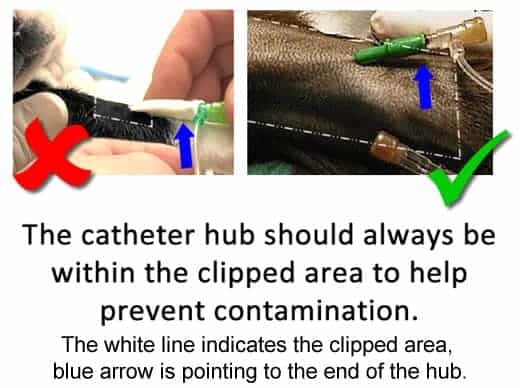
Placing Iv Catheters Hints Tips And Avoiding Common Mistakes For Vet Nurses Australian College Of Veterinary Nursing
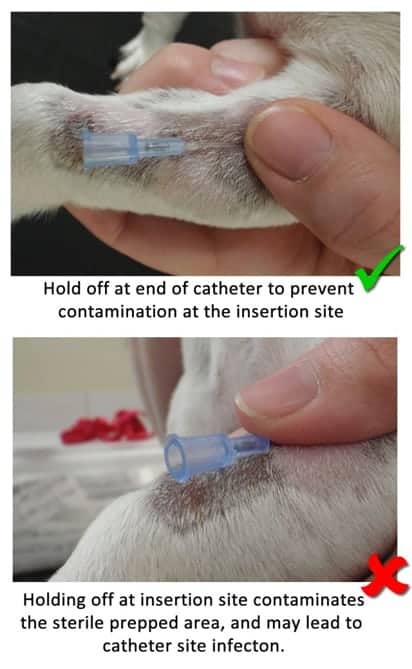
Placing Iv Catheters Hints Tips And Avoiding Common Mistakes For Vet Nurses Australian College Of Veterinary Nursing

Step By Step Peripheral Catheter Placement Clinician S Brief
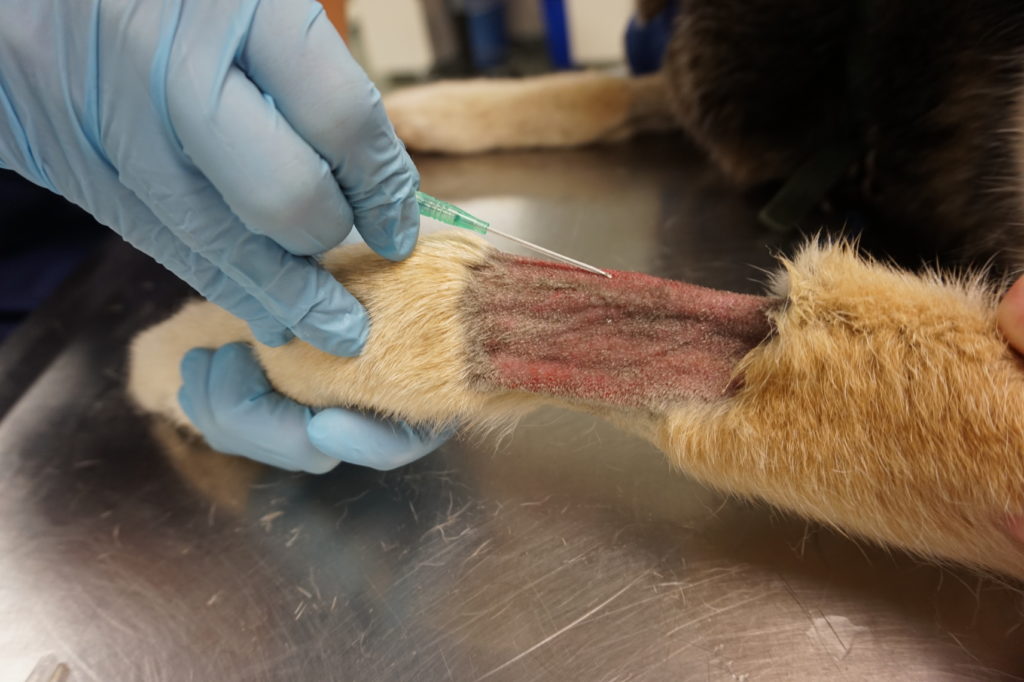
How To Place A Peripheral Iv Catheter Vetgirl Veterinary Continuing Education Blog
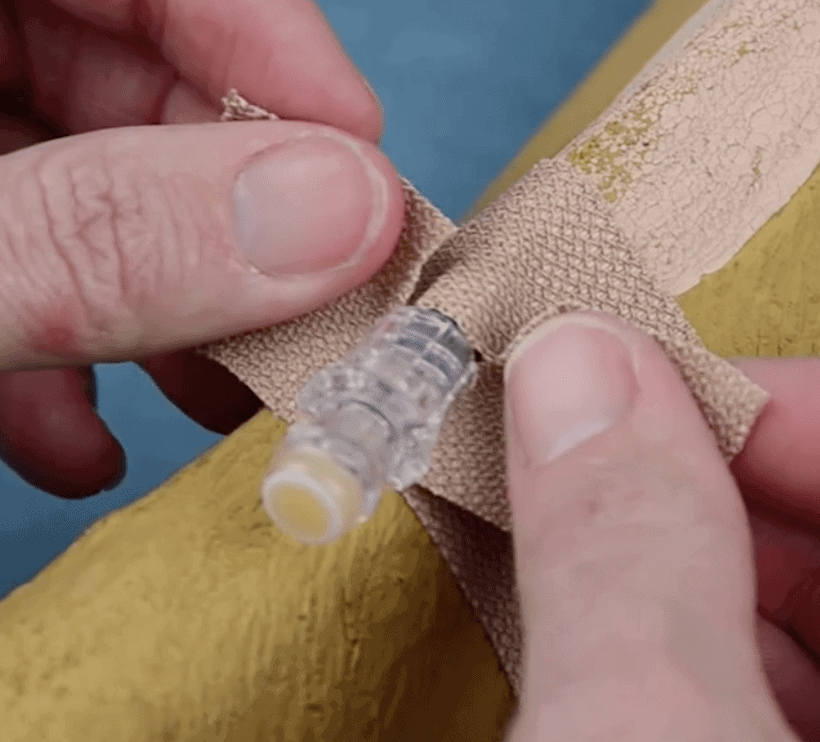
Placing Iv Catheters Hints Tips And Avoiding Common Mistakes For Vet Nurses Australian College Of Veterinary Nursing
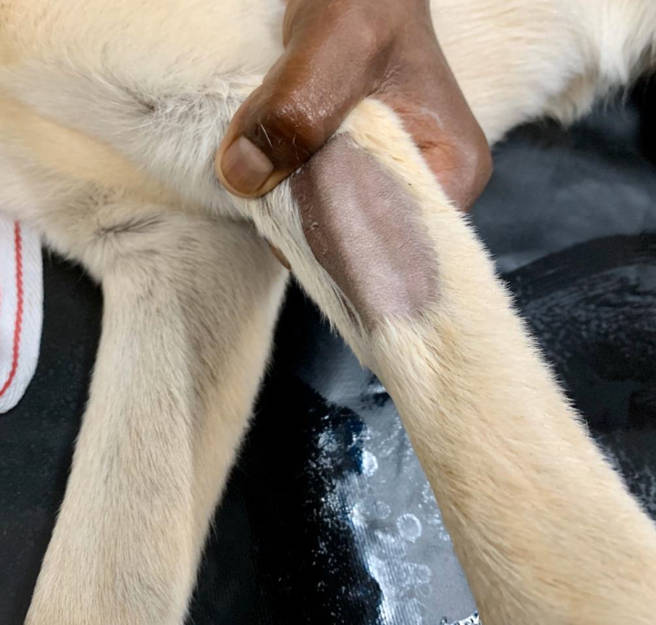
Intravenous Catheter Placement Wvs Academy

How To Place An Intravenous Iv Catheter Canine Iv Catheter Placement Youtube

0 comments
Post a Comment